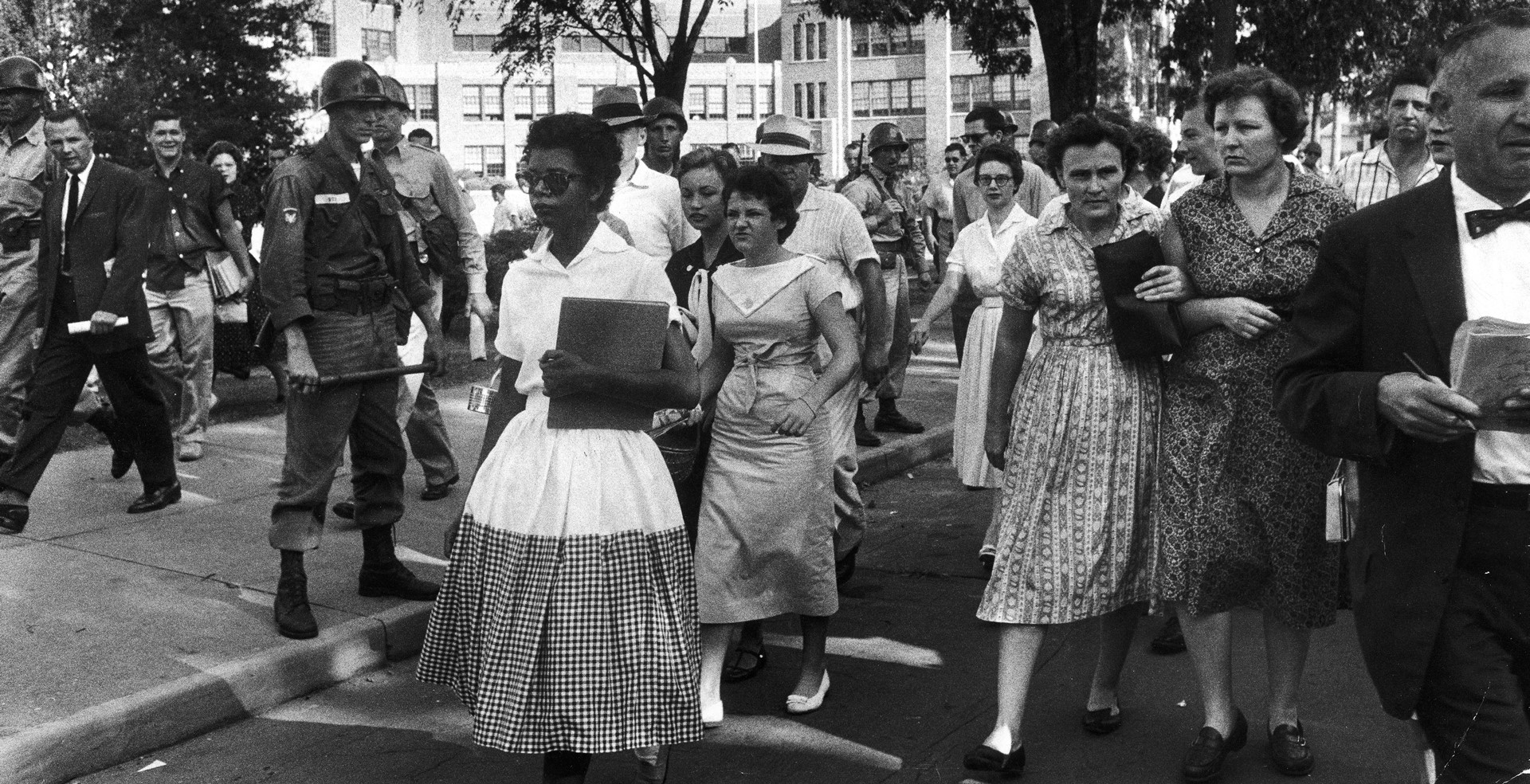
Women’s Liberation
Women’s Liberation
Hosted by Jack Bailey, a gravel-voiced former carnival barker, “Queen For A Day” was one of the most popular daytime television shows of the 1950s. Five times a week, three women, each with a hard-luck story, recited their tales of woe—diseases, retarded children, poverty. The studio audience, with the aid of an applause meter, would then decide which woman had the greater misfortune. She became “queen for a day.” Bailey put a crown on her head, wrapped her in a mink coat which she got to keep for 24 hours, and told her about the new Cadillac she would get to drive also for the next 24 hours. Then, the queen was presented with gifts: a year’s supply of Helena Rubinstein cosmetics, a Clairol permanent and once-over by a Hollywood makeup artist, and the electric appliances necessary for domestic happiness—a toaster oven, an automatic washer and dryer, and an iron. The gifts provided everything a woman needed to be a prettier and better housewife.
One woman in the television audience was Betty Friedan. A 1942 honors graduate of Smith College and former psychology Ph.D. candidate at the University of California at Berkeley, Friedan had quit graduate school, married, moved to the New York suburbs, and bore three children in rapid succession. American culture told her that husband, house, children, and electric appliances were true happiness. But Friedan was not happy. And she was not alone.
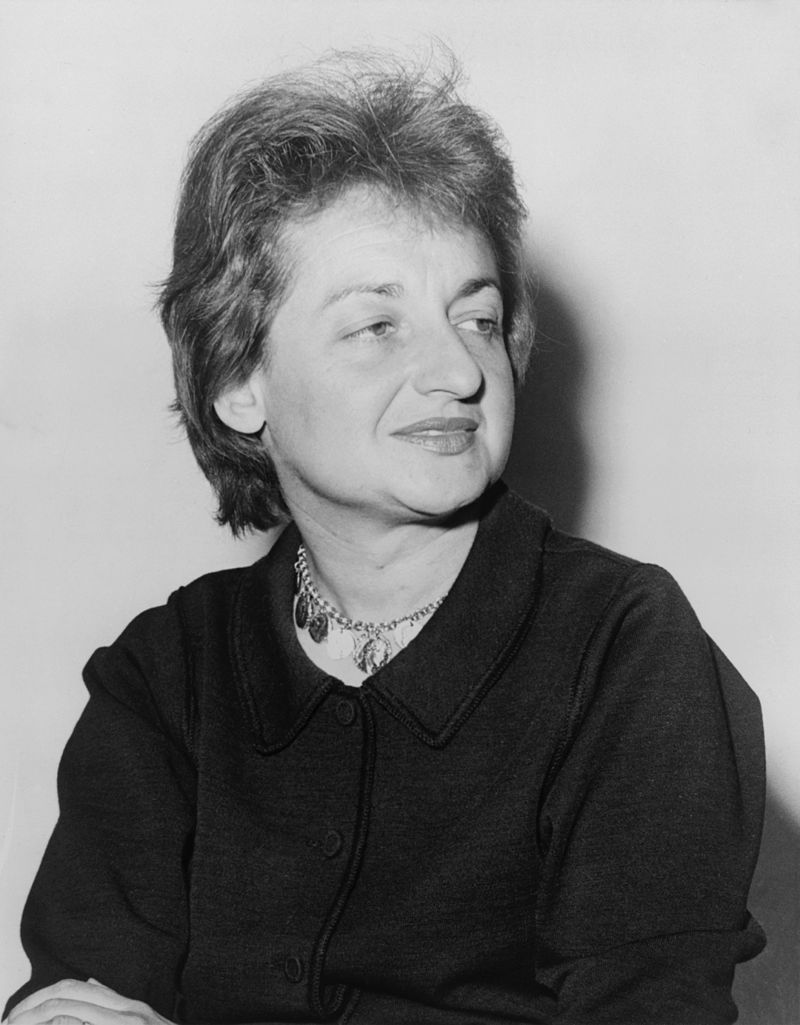
In 1957, Friedan sent out questionnaires to fellow members of her college graduating class. The replies amazed her. Again and again, she found women suffering from “a sense of dissatisfaction.” Over the next five years, Friedan interviewed other women at PTA meetings and suburban cocktail parties, and she repeatedly found an inexplicable sense of melancholy and incompleteness. Friedan noted, “Sometimes a woman would say ‘I feel empty somehow…incomplete.’ Or she would say, ‘I feel as if I don’t exist.’” Friedan was not the only observer to detect a widespread sense of discontent among American women.
Doctors identified a new female malady, the housewife’s syndrome, characterized by a mixture of frustration and exhaustion. CBS broadcast a television documentary entitled “The Trapped Housewife.” Newsweek magazine noted that the nation’s supposedly happy housewife was “dissatisfied with a lot that women of other lands can only dream of. Her discontent is deep, pervasive, and impervious to the superficial remedies which are offered at every hand.” The New York Times editorialized, “Many young women…feel stifled in their homes.” Redbook magazine ran an article entitled “Why Young Mothers Feel Trapped” and asked for examples of this problem. It received 24,000 replies.
”Why” Friedan asked, “were American women so discontented?” In 1963, she published the answer in her book, The Feminine Mystique. This book, one of the most influential books ever written by an American, helped to launch a new movement for women’s liberation. The book touched a nerve, but the origins of the movement lay in the role of women in American society.
Sources of Discontent
During the 1950s, many American women reacted against the poverty of the Depression and the upheavals of World War II by placing renewed emphasis on family life. Young women married earlier than had their mothers and had more children and bore them faster. The average age for marriage of American women dropped to twenty years old, a record low. The fertility rate rose fifty percent between 1940 and 1950—producing a population growth rate approaching that of India. Growing numbers of women decided to forsake higher education or a full-time career and, instead, achieve emotional fulfillment as wives and mothers.
A 1952 advertisement for Gimbel’s department store expressed this prevailing point-of-view. “What’s college?” the ad asked. “That’s where girls who are above cooking and sewing go to meet a man so they can spend their lives cooking and sewing.” According to McCall‘s magazine, young women believed that they could find their “deepest satisfaction” by “marrying at an earlier age, rearing larger families, and purchasing a house in the suburbs.”
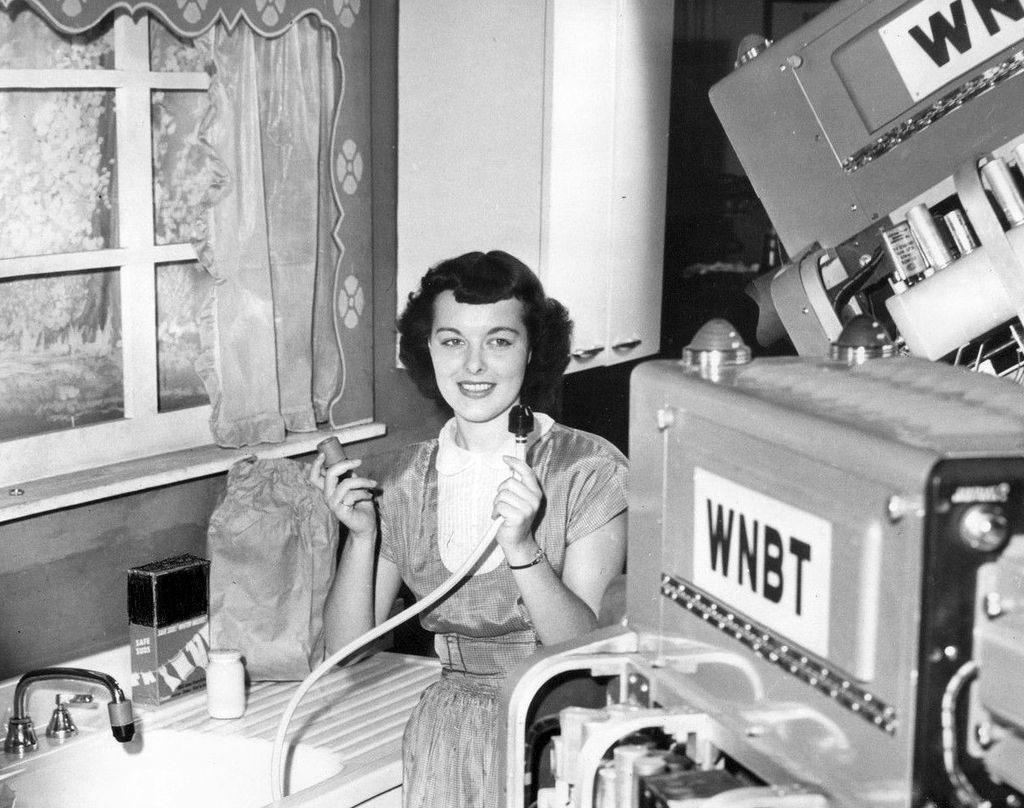
Politicians, educators, psychologists, and the mass media all echoed the view that women would find their highest fulfillment managing a house and caring for children. Adlai Stevenson, the Democratic presidential nominee in 1952 and 1956, told the graduating women at Smith College in 1955 that their role in life was to “influence us, men and boys” and “restore valid, meaningful purpose to life in your home.” Many educators agreed with the president of Barnard College, a women’s college, who argued that women could not compete with men in the workplace because they “had less physical strength, a lower fatigue point, and a less stable nervous system.” Women’s magazines pictured housewives as happy with their tasks and depicted career women as neurotic, unhappy, and dissatisfied.
Already, however, a series of dramatic social changes was underway that would contribute to a rebirth of feminism. A dramatic upsurge took place during the 1950s in women’s employment and education. More and more married women entered the labor force, and by 1960, the proportion of married women working outside the home was one in three. The number of women receiving college degrees also rose. The proportion of bachelor’s and master’s degrees received by women rose from just 24 percent in 1950 to over 35 percent a decade later. Meanwhile, beginning in 1957, the birthrate began to drop as women elected to have fewer children. A growing discrepancy had begun to appear between the popular image of women as full-time housewives and mothers and the actual realities of many women’s lives.
Feminism Reborn
Women in 1960 played a limited role in American government. Although women comprised about half of the nation’s voters, there were no female Supreme Court justices, federal appeals court justices, governors, cabinet officers, or ambassadors. Only two out of 100 U.S. senators and 15 out of 435 representatives were women. Of the 307 federal district judges, two were women. Of the 7,700 members of state legislatures, 234 were women. Nor were these figures atypical. Only two American women had ever been elected governor, only two had ever served in a president’s cabinet, and only six had ever served as ambassador.
Economically, women workers were concentrated in low-paying service and factory jobs. The overwhelming majority worked as secretaries, waitresses, beauticians, teachers, nurses, and librarians. Only 3.5 percent of the nation’s lawyers were women, ten percent of the nation’s scientists, and less than two percent of the nation’s leading business executives.
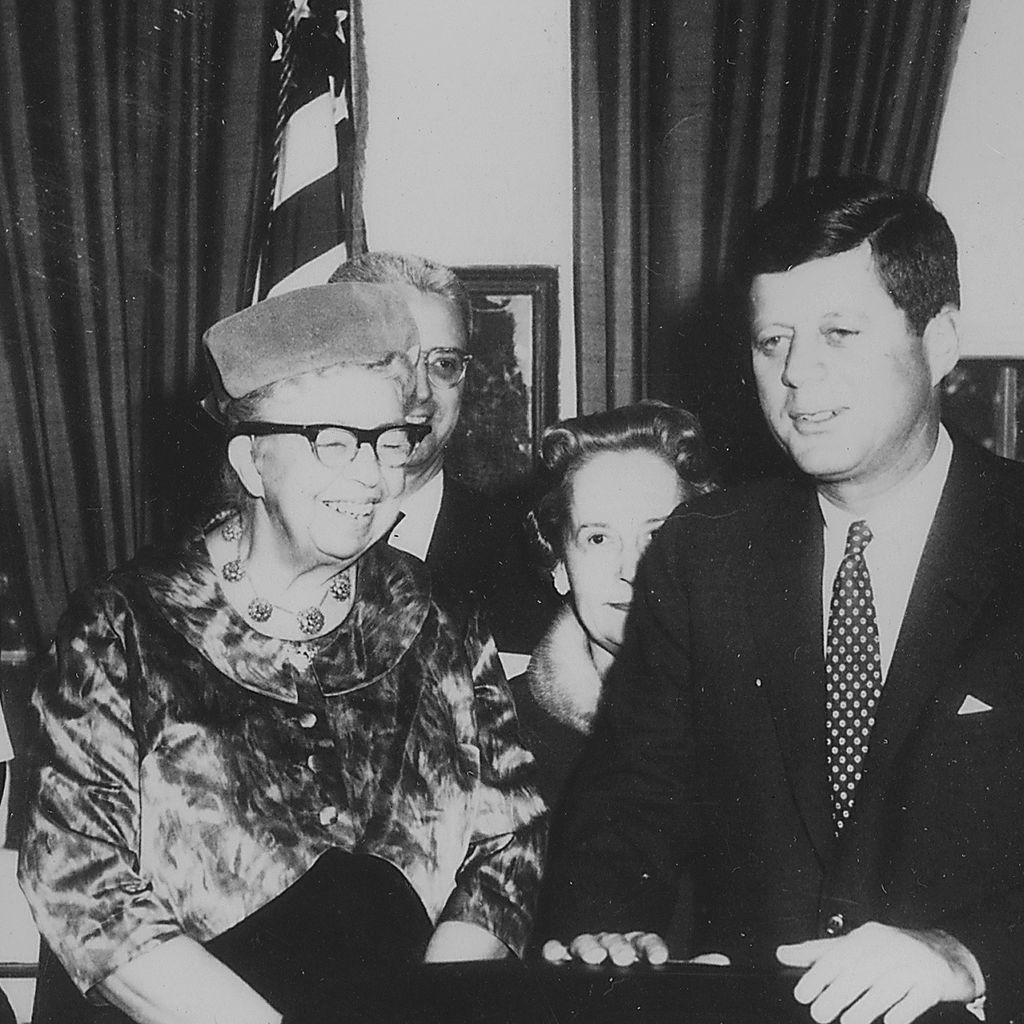
Lower pay for women doing the same work as men was commonplace. One out of every three companies had separate pay scales for male and female workers. A female bank teller typically made $15 a week less than a man with the same amount of experience, and a female laundry worker made 49 cents an hour less than her male counterpart. Altogether, the earnings of women working full-time averaged only about sixty percent of those of men.
In many parts of the country, the law discriminated against women. In three states—Alabama, Mississippi, and South Carolina—women could not sit on juries. Many states restricted married women’s right to make contracts, sell property, engage in business, control their own earnings, and make wills. Six states gave fathers preference in the custody of young children after a divorce. In practically every state, men had a legal right to have intercourse with their wives and to administer an unspecified amount of physical punishment.
Women were often portrayed in the mass media in an unrealistic and stereotyped way. Popular magazines, like Reader’s Digest, and popular television shows like “I Love Lucy” often depicted women as stupid or foolish, jealous of other women, irresponsible about money, and overly anxious to marry.
In December 1961, President John F. Kennedy placed the issue of women’s rights on the national political agenda. Eager to fulfill a debt to women voters—he had not named a single woman to a policymaking position—Kennedy established a President’s Commission on the Status of Women, the first presidential panel ever to examine the status of American women. Chaired by Eleanor Roosevelt, the commission issued its report in 1963, the year that Betty Friedan published The Feminine Mystique. The report’s recommendations included a call for an end to all legal restrictions on married women’s right to own property, to enter into business, and to make contracts, equal opportunity in employment, and greater availability of child-care services.
The most important reform to grow out of the commission’s investigations was the 1963 Equal Pay Act, which required equal pay for men and women who performed the same jobs under equal conditions. The Equal Pay Act was the first federal law to prohibit discrimination on the basis of gender.
The next year, Congress enacted a new weapon in the fight against sex discrimination. Title VII of the 1964 Civil Rights Act prohibited discrimination in hiring or promotion based on race, color, religion, national origin, or sex by private employers and unions. As originally proposed, the bill only outlawed racial discrimination, but in a futile effort to block the measure, Representative Howard Smith of Virginia amended the bill to prohibit discrimination on the basis of sex. Some liberals opposed the amendment on the grounds that it diverted attention from racial discrimination. But it passed in the House of Representatives, 168 votes to 133 votes. “We made it! God Bless America!” shouted a female voice from the House gallery when the amendment passed.
The Civil Rights Act made it illegal for employers to discriminate against women in hiring and promotion unless the employer could show that sex was a “bona fide occupational qualification” (for example, hiring a man as an attendant for a men’s restroom). To investigate complaints of employment discrimination, the act set up the Equal Employment Opportunity Commission (EEOC). Legislation prohibited sexual harassment in schools and mandated equality in school activities, including athletics.
At first, the EEOC focused its enforcement efforts on racial discrimination and largely ignored sex discrimination. To pressure the EEOC to enforce the law prohibiting sex discrimination, Betty Friedan and 300 other women formed the National Organization for Women (NOW) in 1966, with Friedan as president. The organization pledged “to take action to bring women into full participation in the mainstream of American society now, exercising all the privileges and responsibilities thereof in truly equal partnership with men.” NOW filed suit against the EEOC “to force it to comply with its own government rules.” It also sued the country’s 1,300 largest corporations for sex discrimination, lobbied President Johnson to issue an executive order that would include women within federal affirmative action requirements, and challenged airline policies that required stewardesses to retire after they married or reached the age of 32.
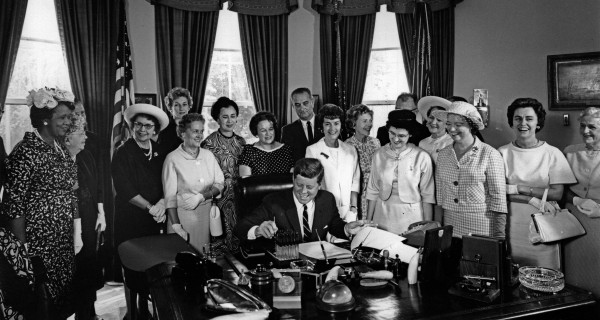
At its second national conference in November 1967, NOW drew up an eight-point bill of rights for women. It called for adoption of an Equal Rights Amendment (ERA) to the Constitution, prohibiting sex discrimination, ensuring equal educational, job training, and housing opportunities for women, and repealing laws limiting access to contraceptive devices and abortion.
Two proposals produced fierce dissension within the new organization. One source of disagreement was the Equal Rights Amendment. The amendment consisted of two dozen words: “Equality of rights under the law shall not be denied or abridged by the United States or by any state on account of sex.” It had originally been proposed in 1923 to mark the 75th anniversary of the Seneca Falls Women’s Rights Convention and was submitted to Congress at almost every session. For over forty years, professional women who favored the amendment battled with organized labor and the Women’s Bureau of the Labor Department, which opposed the amendment on the grounds that it endangered “protective” legislation that set minimum wages and maximum hours for less-skilled women workers.
The other issue that generated controversy was the call for reform of abortion laws. In 1967, only one state (Colorado) had reformed nineteenth-century legal statutes that made abortion a criminal offense. Dissenters believed that NOW should avoid controversial issues that would divert attention away from economic discrimination.
Despite internal disagreements, NOW’s membership grew rapidly, reaching 40,000 by 1974 and 175,000 by 1988. The group broadened its attention to include such issues as the plight of poor and nonwhite women, domestic violence, rape, sexual harassment, the role of women in sports, and the rights of lesbians. At the same time, the organization claimed a number of achievements. Two victories were particularly important. In 1967, NOW persuaded President Lyndon Johnson to issue Executive Order 11375, which prohibited government contractors from discriminating on the basis of sex and required them to adopt “affirmative action” to ensure that women are properly represented in their work force. The next year, the EEOC ruled that separate want ads for men and women were a violation of Title VII of the 1964 Civil Rights Act.
Radical Feminism
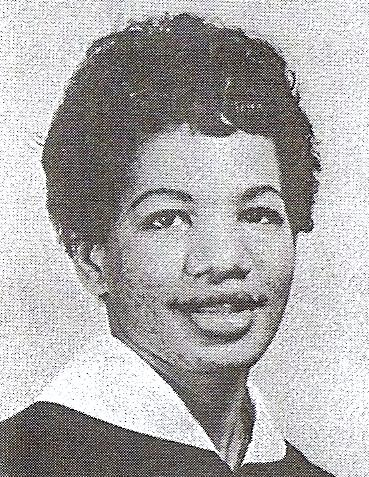
Alongside NOW, other more radical feminist groups emerged during the 1960s among college students who were involved in the Civil Rights Movement and the New Left. Women within these organizations for social change often found themselves treated as “second-class citizens,” responsible for kitchen work, typing, and serving “as a sexual supply for their male comrades after hours.” “We were the movement secretaries and the shit-workers,” one woman recalled. “We were the earth mothers and the sex-objects for the movement’s men.” In 1964, Ruby Doris Smith Robinson presented an indignant assault on the treatment of women civil rights workers in a paper entitled “The Position of Women in SNCC,” to a SNCC staff meeting. Stokely Carmichael reputedly responded, “The only position for women in SNCC is prone.”
In cities across the country, independent women’s groups sprouted up in 1967. In the fall, at the first national gathering of women’s groups at the National Conference for New Politics, women demanded 51 percent of all committee seats in the name of minority rights. When men refused to meet their demands, the women walked out—signaling the beginning of a critical split between the New Left and the women’s movement. The next year, radical women’s groups appeared on the front pages of the nation’s newspapers when they staged a protest of the Miss America pageant and provided a “freedom trash can,” in which women could throw “old bras, girdles, high heeled shoes, women’s magazines, curlers, and other instruments of torture to women.” They concluded their rally by crowning a sheep Miss America.
Over the next three years, the number of women’s liberation groups rapidly multiplied, bearing such names as the Redstockings, WITCH (the Women’s International Terrorist Conspiracy from Hell), and the Feminists. By 1970, there were at least 500 women’s liberation groups, including 50 in New York, 25 in Boston, 30 in Chicago, and 35 in San Francisco. Women’s liberation groups established the first feminist bookstores, battered women’s shelters, rape crisis centers, and abortion counseling centers. In 1971, Gloria Steinem and others published Ms., the first national feminist magazine. The first 300,000 copies were sold out in eight days.
Radical new ideas began to fill the air. One women’s liberation leader, Ti-Grace Atkinson, denounced marriage as “slavery,” “legalized rape,” and “unpaid labor.” Meanwhile, a host of new words and phrases entered the language, such as “consciousness raising,” “Ms.,” “bra burning,” “sexism,” “male chauvinist pig.”
On August 26, 1970, the 50th anniversary of the ratification of the Nineteenth Amendment, the women’s liberation movement dramatically demonstrated its growing strength by mounting a massive march called Strike for Equality. In New York City, 50,000 women marched down Fifth Avenue, in Boston, 2,000 marched, in Chicago, 3,000. Members of virtually all feminist groups joined together in a display of unity and strength.
The Growth of Feminist Ideology
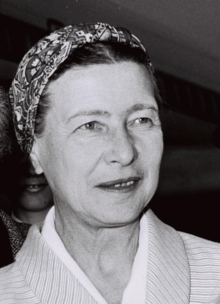
Feminists subscribe to no single doctrine or set of goals. All are united, however, by a belief that women have historically occupied a subordinate position in politics, education, and the economic system. Modern feminist thought traces its roots to a book, The Second Sex, published by a famous French philosopher Simone de Beauvoir in 1949. The book traced the assumptions, customs, educational practices, jokes, laws, and modes of speech that socialize young women to believe that they are inferior beings.
A decade and a half later, Betty Friedan made another important contribution to the development of feminist ideology. In The Feminine Mystique, she analyzed and criticized the role of educators, psychologists, sociologists, and the mass media in conditioning women to believe that they could only find fulfillment as housewives and mothers. By requiring women to subordinate their own individual aspirations to the welfare of their husbands and children, the “feminine mystique” prevented women from achieving self-fulfillment and inevitably left women unhappy.
In the years following the publication of The Feminine Mystique, feminists developed a large body of literature analyzing the economic, psychological, and social roots of female subordination.
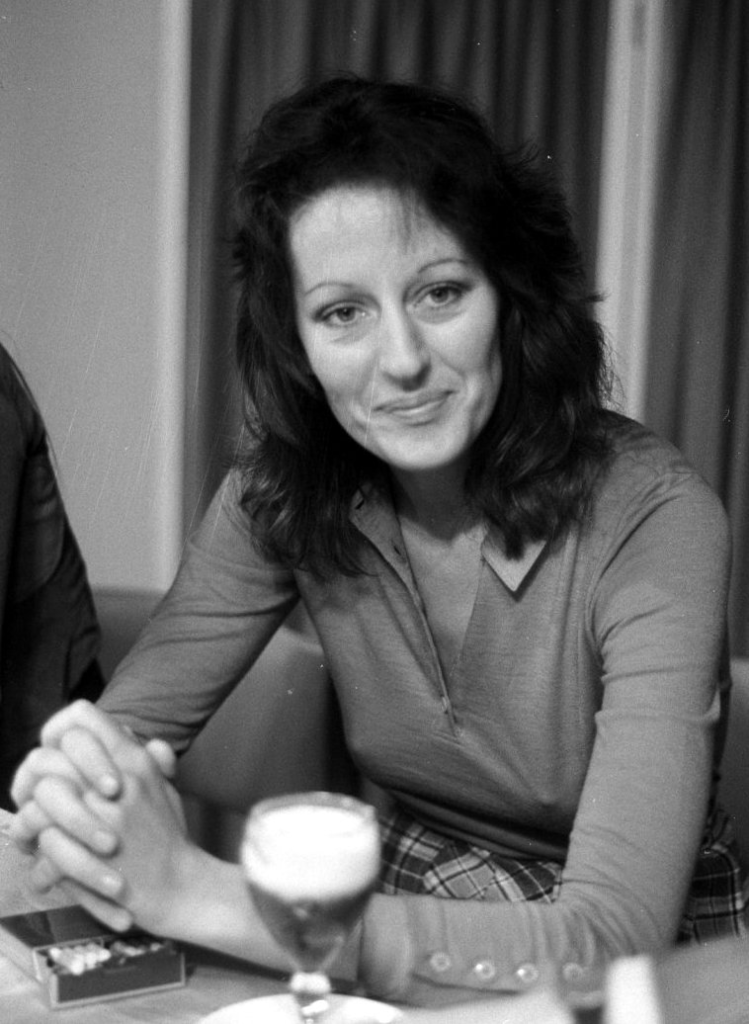
It was not until 1970, however, that the more radical feminist writings reached the broader reading public with the publication of Shulamith Firestone’s The Dialectic of Sex, Germaine Greer’s The Female Eunuch, and Kate Millett’s Sexual Politics. These books argued that gender distinctions structure virtually every aspect of individual lives, not only in such areas as law and employment, but also in personal relationships, language, literature, religion, and an individual’s internalized self-perceptions. Even more controversially, these works attributed female oppression to men and an ideology of male supremacy. “Women have very little idea how much men hate them,” declared Greer. As examples of misogyny these authors cited pornography, grotesque portrayals of women in literature, sexual harassment, wife abuse, and rape.
Since 1970, feminist theory has exploded into many different directions. Today, there are dozens of national feminist news and opinion magazines along with an additional twenty academic journals dealing with women’s issues. Women’s historians, feminist literary and film critics, and physical and social scientists have begun to take insights derived from feminism and to ask new questions about women’s historical experience, the sex and status differences between women and men, sex role socialization, economic and legal discrimination, and the depiction of women in literature.
The Supreme Court and Sex Discrimination
Despite its conservative image, the Supreme Court under Chief Justices Warren Burger and William Rehnquist has been active in the area of sex discrimination and women’s rights. In contrast to the Warren Court, which ruled on only one major sex discrimination case—upholding a law that excluded women from serving on juries—the Burger and Rehnquist Courts considered numerous cases involving women’s rights.
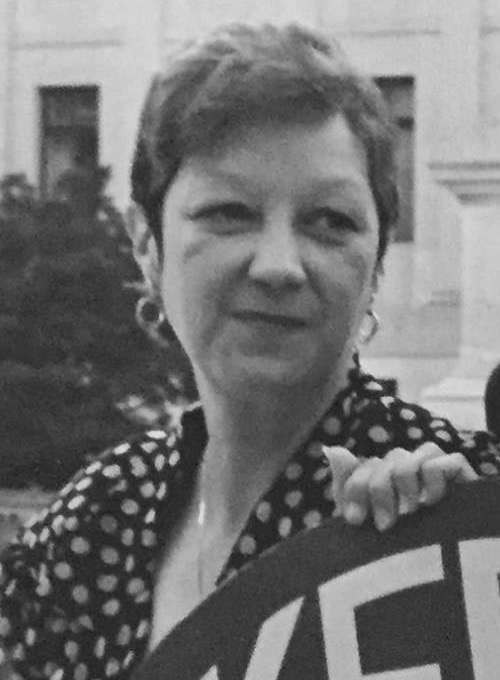
The Burger Court issued its first important discrimination decision in the landmark case, Griggs v. Duke Power Company (1971). The Supreme Court established the principle that regardless of an employer’s intentions, any employment practice is illegal if it has a “disparate” impact on women or minorities and “if it cannot be shown to be related to job performance.” In subsequent cases, the Supreme Court legitimized the use of statistics in measuring employment discrimination and approved the use of back pay in compensating discrimination victims.
In 1975, the Burger Court reversed the Warren Court by striking down a Louisiana statute calling for all-male juries. In subsequent decisions, the high court ruled against a Utah law setting different ages at which men and women became adults and overturned an Alabama law setting minimum height and weight requirements for prison guards—standards that meant that almost no woman would qualify.
The Supreme Court has yet to set an absolute rule that laws and employment practices must treat men and women the same. In 1976, it adopted its current standard for sex discrimination. In order to be constitutional, a policy that discriminates on the basis of sex must be “substantially related to an important government objective.”
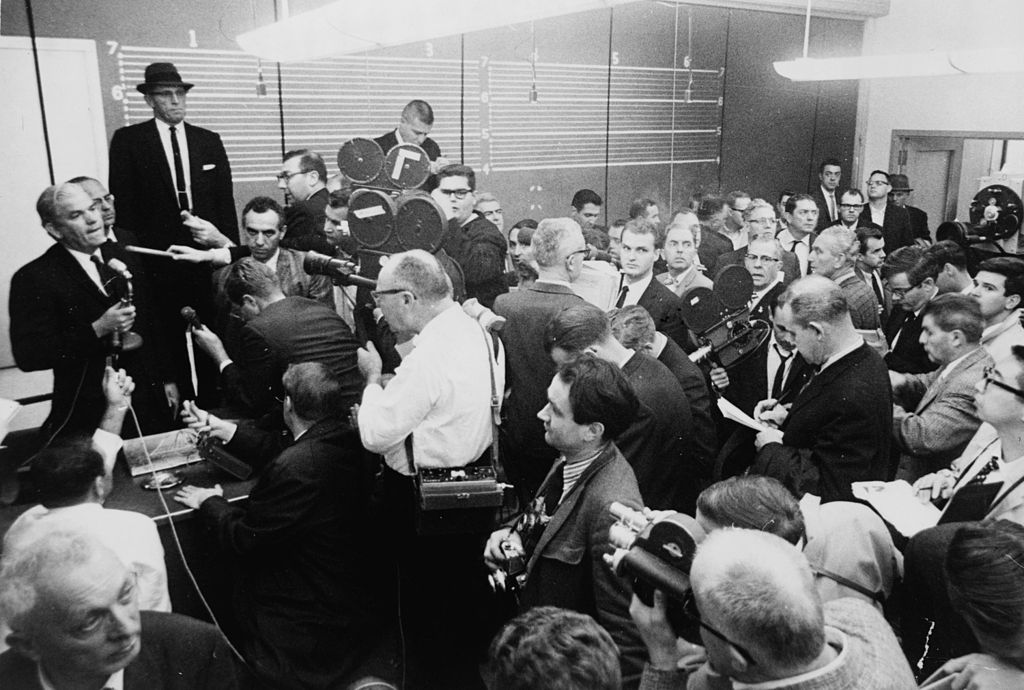
The Supreme Court’s most controversial decision involving women’s rights was delivered in the case of Roe v. Wade (1973). A single, pregnant, Texas waitress, assigned the pseudonym Jane Roe in order to protect her privacy, brought suit against Dallas District Attorney Henry Wade to prevent him from enforcing a nineteenth-century Texas statute prohibiting abortion. The Supreme Court ruled on the woman’s behalf and struck down the Texas law and all similar laws in other states. In its ruling, the Court declared that the decision to have an abortion is a private matter of concern only to a woman and her physician, and that only in the last three months of pregnancy could the government limit the right to abortion.
Many Americans—including many Catholic lay and clerical organizations—bitterly opposed the Supreme Court’s Roe v. Wade (1973) decision and banded together to form the “right to life” movement. A major legislative success of the right to life movement was adoption by Congress of the so-called Hyde Amendment, which permitted states to refuse to fund abortions for indigent women.
The Equal Rights Amendment
In March 1972, Congress passed an Equal Rights Amendment (ERA) to the United States Constitution, prohibiting sex discrimination, with only eight dissenting votes in the Senate and 24 votes in the House. Before the year was over, 22 state legislatures ratified the ERA. Ratification by 38 states was required before the amendment would be added to the Constitution. Over the next five years, only thirteen more states ratified the amendment—and five states rescinded their ratification. In 1978, Congress gave proponents of the amendment 39 more months to complete ratification, but no other state gave its approval.
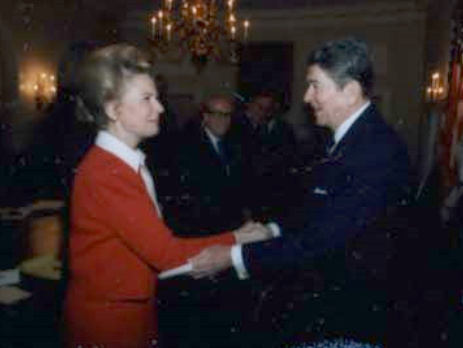
The ERA had been defeated, but why? Initially, opposition came largely from organized labor, which feared that the amendment would eliminate state “protective legislation” that established minimum wages and maximum hours for women workers. Increasingly, however, resistance to the amendment came from women of lower economic and educational status, whose self-esteem and self-image were bound up with being wives and mothers and who wanted to ensure that women who devoted their lives to their families were not accorded lower status than women who worked outside the home.
The leader of the anti-ERA movement was Phyllis Schlafly, a Radcliffe-educated mother of six from Alton, Illinois. A larger than life figure, Schlafly earned a law degree at the age of 54, wrote nine books (including the 1964 best-seller A Choice Not an Echo), and created her own lobbying group, the Eagle Forum. Schlafly argued that the ERA was unnecessary because women were already protected by the Equal Pay Act of 1963 and the Civil Rights Act of 1964, which barred sex discrimination, and that the amendment would outlaw separate public restrooms for men and women and would deny wives the right to financial support. She also raised the “women in combat” issue by suggesting that the passage of the ERA would mean that woman would have to fight alongside men during war.
Impact of the Women’s Liberation Movement
Since 1960, women have made enormous social gains. Gains in employment have been particularly impressive. During the 1970s, the number of working women climbed 42 percent, and much of the increase was in what traditionally was considered “men’s” work and professional work. The percentage of lawyers who were women increased by 9 percent, professors by 6 percent, and doctors by 3.6 percent. By 1986, women comprised 15 percent of the nation’s lawyers, 40 percent of all computer programmers, and 29 percent of the country’s managers and administrators.
Striking gains have been made in undergraduate and graduate education. Today, for the first time in American history, women constitute a majority of the nation’s college students, and half of those who receive master’s degrees. In addition, the number of women students receiving degrees from professional schools—including dentistry, law, and medicine—increased dramatically, from 1,425 in 1966 to over 20,000 by the early 1990s. Today, women comprise about half of the students attending law school and medical school.
Women have also made impressive political gains. By 1993, there were 1,524 women serving in public office, in the United States Congress, or in state legislatures. In 1984, for the first time, a major political party nominated a woman, Geraldine Ferraro, for the vice presidency. By 1994, two women, Ruth Bader Ginzburg and Sandra Day O’Connor, served on the Supreme Court, and 1,524 other women served in the United States Congress or in state legislatures.
In spite of all that has been achieved, however, problems remain. Most women today continue to work in a relatively small number of traditional “women’s” jobs, and a full-time female worker earns only 68 cents for every $1 paid to men. Even more troubling is the fact that large numbers of women live in poverty. The “feminization of poverty” was one of the growing trends of the 1970s, 1980s, and 1990s. Today, nearly half of all marriages end in divorce and many others end in legal separation and desertion—and the economic plight of these women is often grave. Families headed by women are four and a half times as likely to be poor as families headed by males. Although female-headed families constitute only 15 percent of the U.S. population, they account for over 50 percent of the poor population.